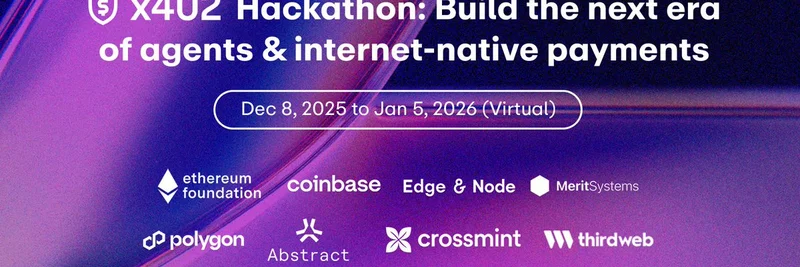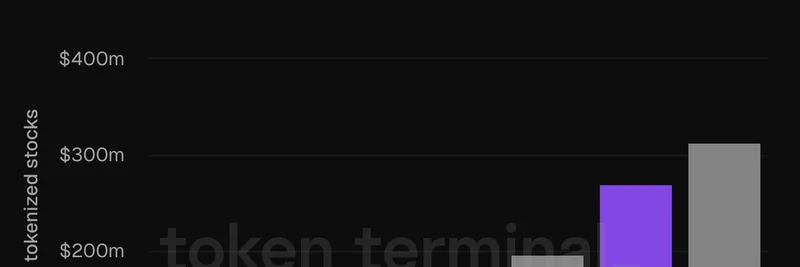If you’ve seen the token “BASTER” floating around, there’s a good chance it’s a typo. The correct symbol for the contract address 0x4b63af0e493abe96ef566d04dd389dcf146e5ce3 on Base is BASTR, the native token of Base Strategy — an automated protocol designed to gain exposure to leading NFT collections across the Base ecosystem.
What is Base Strategy (BASTR)?
Base Strategy (BASTR) is an automated, on-chain strategy platform on the Base blockchain that targets top Base-native NFT collections. Think of it as a “perpetual cross-collection flywheel” that:
- Scans for promising NFT listings across major Base collections
- Acquires NFTs at advantageous prices
- Relists those NFTs at a premium to capture spread
- Recycles realized profits to support the BASTR token via buybacks and burns
In simple terms, the protocol tries to buy low, sell higher, and use the gains to reduce the circulating supply of BASTR, aiming to reward long-term holders.
How the flywheel works
- NFT acquisition and relisting: The protocol identifies underpriced assets among popular Base collections, buys them, and relists at a premium to realize profit.
- Token buybacks and burns: A share of profits is used to buy back BASTR on the market. Those tokens are then burned (permanently removed from circulation), potentially increasing scarcity for holders.
- Community input: Users can suggest NFT collections for consideration by providing contract addresses and basic stats. Proposals are reviewed before being added to the focus list. Learn more via the BASTR overview.
Quick definitions:
- Buybacks: When a project uses funds to repurchase its token on the market.
- Burns: Sending tokens to an irrecoverable address, removing them from supply.
- Cross-collection: Spreading activity across multiple NFT collections rather than betting on just one.
Tokenomics at a glance
According to publicly available sources like CoinGecko:
- Trading fee: Each trade in the Base Strategy ecosystem carries a 3% fee.
- Fee split: Two-thirds of the fee powers the “buy engine” (NFT purchasing), while one-third funds operations.
- Active supply management: Profits from NFT trading fund buybacks and burns of BASTR.
- Circulating supply: As of October 6, 2025, circulating supply is approximately 98.23 billion BASTR.
The aim is to align on-chain activity (NFT trading) with token value mechanisms (buybacks and burns), creating a feedback loop where successful trading can benefit holders.
Base chain context
Base is an Ethereum Layer 2 (L2) developed by Coinbase, built on the OP Stack in collaboration with Optimism. L2s help scale Ethereum by processing transactions off the main chain, reducing costs and improving speed, while still inheriting Ethereum’s security.
Important note: Coinbase has stated there are no plans to issue a native network token for Base. Any “Base token” claims should be treated with skepticism.
Ways to participate
- Track the token and activity:
- Swap on Base:
- Use Base-native DEXs such as Aerodrome Finance or Uniswap on Base to trade the token if liquidity is available.
- Community input:
- Suggest NFT collections for the strategy by submitting contract addresses and key stats through the project’s community channels (check official links shared in the MEXC Learn overview).
Always verify the contract address before trading: 0x4b63af0e493abe96ef566d04dd389dcf146e5ce3.
Risks and considerations
- NFT market volatility: Strategy performance depends on NFT liquidity and floor-price stability. Thin liquidity or sudden drops can reduce profits.
- Execution risk: Automated systems rely on accurate signals and prompt execution; missed opportunities or slippage can impact returns.
- Fee impact: The 3% fee and operational costs must be outweighed by trading gains for the flywheel to be net-positive.
- Token supply dynamics: Burns can reduce circulating supply, but price is driven by market demand, liquidity, and broader sentiment.
FAQ
- Is “BASTER” the same as BASTR?
- “BASTER” is likely a transcription error. For the Base contract 0x4b63…5ce3, the correct symbol is BASTR, Base Strategy’s token.
- What powers BASTR buybacks and burns?
- Profits from acquiring and relisting NFTs across Base collections, plus a portion of protocol fees, are used for buybacks and subsequent burns.
- Does Base have its own token?
- No. Base is an L2 by Coinbase built on OP Stack; there are no plans for a native Base network token.
- Where can I track and trade BASTR?
- Use GMGN.AI’s BASTR page for analytics and trading tools, and swap via Base DEXs like Aerodrome Finance or Uniswap on Base, subject to available liquidity.
If you’re exploring BASTR, start by understanding the flywheel, verify the contract address, and use trusted tools to monitor on-chain flows. Combining diligent research with safety checks can help you navigate the strategy-driven NFT and token mechanics on Base.



